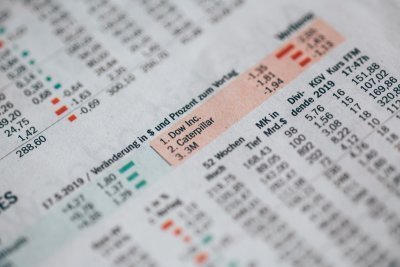Finance - Distressed Debt

By Izzy Leizerowitz, 2007
Many of you receive calls daily from brokers looking to either buy or sell distressed loan portfolios. These non-performing loans seem to be the high risk high return asset play of the moment, but let’s take a moment to uncover some real investment risk concerns and perhaps offer alternative strategies. What is distressed debt? These loans are classified as debt that has been deemed to have an equal or better chance to be paid off from a third party settlement (collateral guarantees or other sources), rather than from borrowers’ ability to repay the loan balance.
In a recent article in the Journal of Corporate Renewal, author Daniel Isenberg lists several legal related risk considerations when investing in distressed debt including Intercreditor Agreements, Litigation Opportunities, and Payment Reclassification. As Isenberg offered in his article, in addition to known financial risk, these legal risk concerns can undermine and even negate the potential high returns these distressed loan portfolios offer to investors. The threat of legal action by lenders and other interested parties to a borrower’s proposed settlement, or even having a loan portfolio transaction publicly scrutinized in Bankruptcy Court, can make the most enthusiastic investor think twice about bidding on these types of loan portfolios, even before evaluating the opportunity on its economic merits and conducting typical financial due diligence.
Our experience with these types of loan portfolios is that upon reviewing distressed opportunities it is important to keep by the principle “knowledge is power”, undertake due diligence at all levels.
We also suggest that investors searching for high yield opportunities may want to also focus their attention to other high yield sectors including one we have reported on in previous editions of this newsletter, namely hard money lending. This rapidly maturing high growth sector provides fairly positive returns in part due to minimizing loan loss levels and early payment defaults through strong vigilance on property valuation and enforcing low loan to value ratios. As the sector matures and loan cycles come to completion, whole loan portfolios will create securitization opportunities that will lead to the rating agencies “legitimizing” the sector when they actually rate certificates. In the meantime, potential yields will be higher and attract buyers who want to make a market in its early growth stages. We will discuss this sector in greater detail in future newsletter editions.